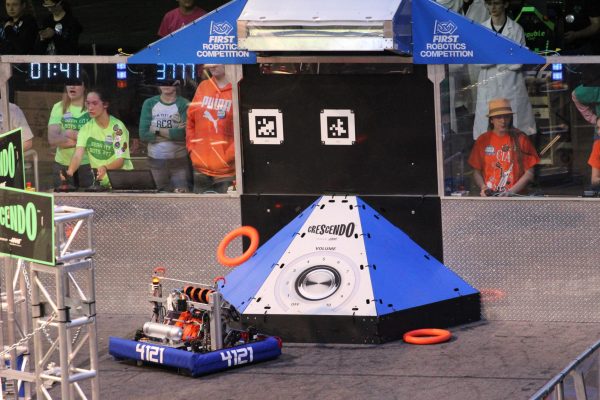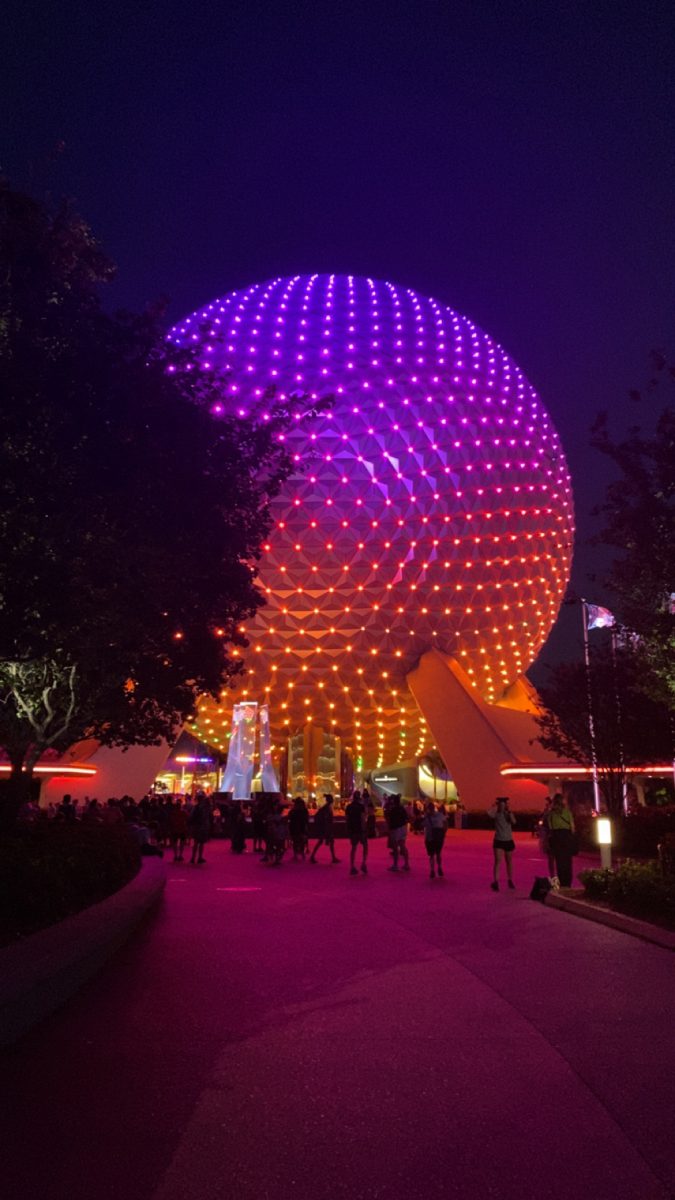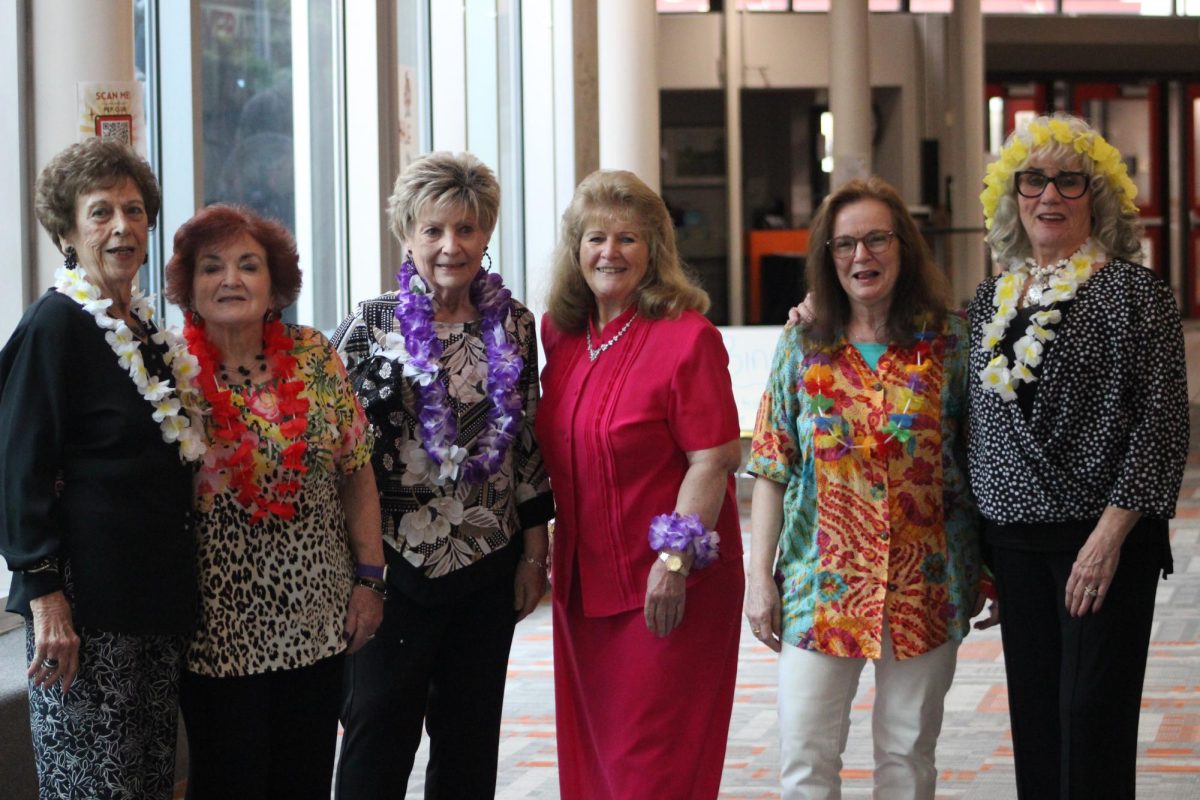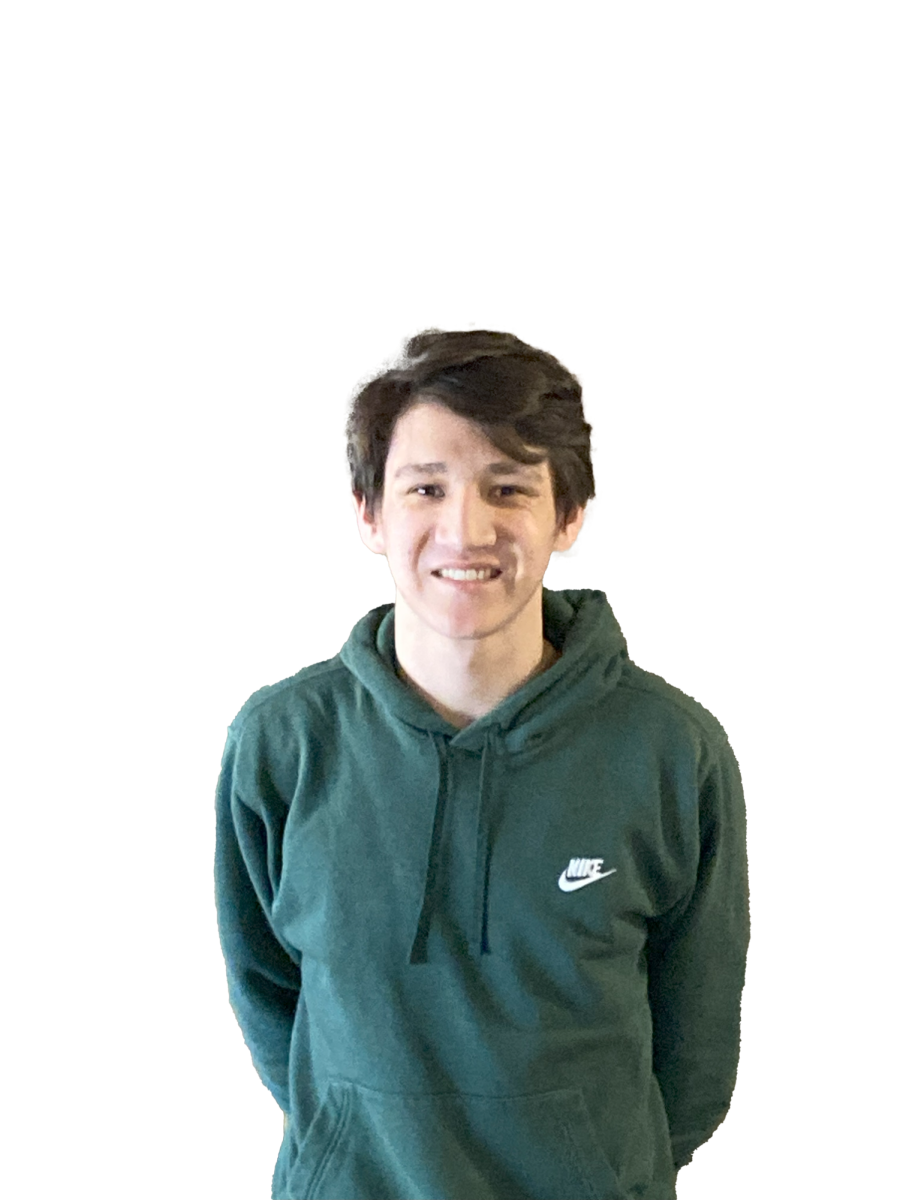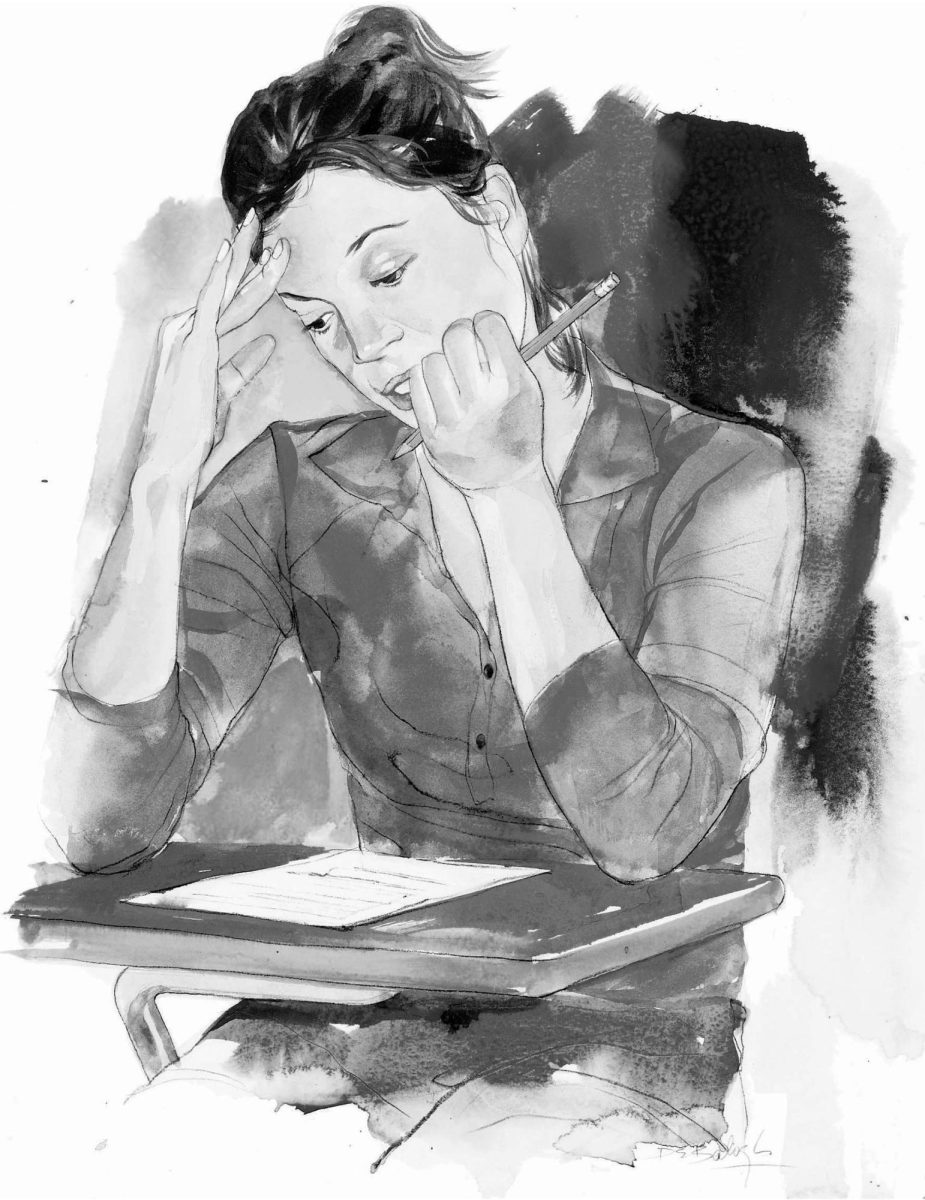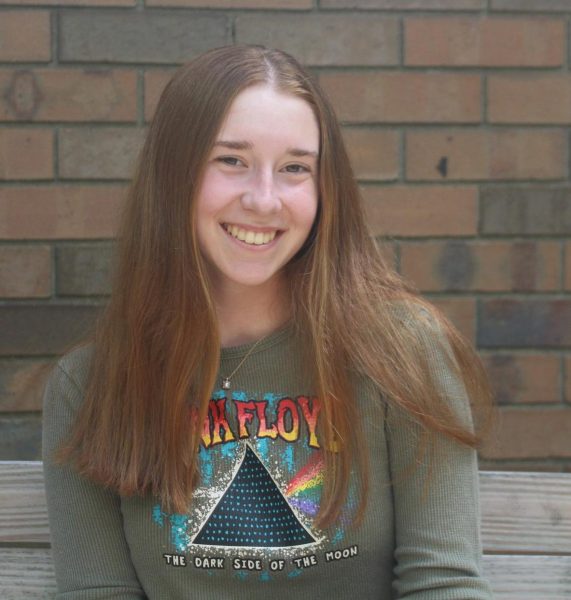Viking Robotics excelled at the Buckeye FIRST Robotics competition! Placing 5th overall, Team 4121 Viking Robotics also won the Industrial Design Award for their exceptional balance of form, function, and aesthetics at the Buckeye FIRST Robotics competition. With record of 15-6, including two top-5 finishes, they’ve secured an invitation to the Ohio FIRST Robotics Championship next month. They are all geared up.
Q: Why did you join the robotics team?
A: I had the opportunity to be part of a FIRST Lego League that collaborated with Hoover High School’s robotics team when I was in the fourth grade. Witnessing the team’s remarkable achievements left me astonished and ignited my deep passion for engineering and my immediate desire to become a part of it one day, even though I had to wait five years to join.
Q: What is it like leading a team? What were some of the ways you led the team?
A: Leading the robotics team was a dream come true for me; it was an incredible four years that fulfilled a passion for robotics since I was young. I went from sorting screws to being the team captain of two playoff alliances, and I worked very hard to get there. I put in countless hours of emails, meetings, and addressing questions, and it has been very fulfilling to know how many firsts I have come to achieve in my time on the team. I do my best to lead the team with a positive and focused attitude, leading by example whenever possible.
Q: How do you prepare for competitions?
A: On Jan. 6, Kickoff Day marks the beginning of our season, though we meet year-round to prepare and learn how to work together as a team. This is the day we get your tasks for the season. The next several days after kickoff, we dedicate upwards of 25 hours reading and understanding the rules, brainstorming and researching what mechanisms we want to incorporate into our robot. Once we have decided on a couple of mechanisms for each task we move on to prototyping. And after weeks of trial and error we finalize our mechanisms with our CAD (Computer-Aided Design) and start making final products. Then we assemble everything and make the necessary changes because most of robotics revolves around problem-solving. Finally, we send the robot to our programming team and drive team to further develop our vision and autonomous programs.
Q: How did your decisions pay off?
A: A big part of these competitions is thinking on your feet, especially as the “coach” who instructs the drivers on what to do. I have the responsibility of strategizing with other teams before and during the matches and representing our team during the alliance selection for the playoffs. Alliance selection comes with a lot of pressure, as I stood in front of almost 1,000 people, with more watching online, carrying the weight of the outcome of my team on my shoulders. My decision could be the difference between making it to Worlds and finishing in last.
Q: What is your favorite memory from robotics?
A: One of my favorite moments in robotics was glancing at the leaderboard and discovering that we had secured the top spot. It wasn’t just the ranking itself that made it my favorite memory; rather, it was the gratifying feeling that all our time and hard work had finally paid off. In my second year with the team, we found ourselves near the bottom of the leaderboard, never quite competitive enough to make it to the playoffs. So emerging as the team to beat and earning that admiration from others who aspired to emulate our success meant that much more. That sense of achievement and acknowledgment of our growth remains my favorite memory to this day. Even ending 5th as a team captain in both competitions and getting the industrial design award at one has made me extremely proud to have been a part of this team.
Q: Can you explain how a robotics competition works?
A: The first day kicks off with practice matches, pit scouting, and teams familiarizing themselves with the field and venue. Once the day wraps up, the qualification match schedule is unveiled, revealing each team’s alliance and opponents. An alliance comprises three robots, and in each qualification match, there are three objectives that influence individual rankings. The primary objective is to outscore the opponent, earning two ranking points for a win and one for a tie. The second objective involves scoring a specific number of game pieces to secure an additional ranking point. The final potential ranking point is earned during the endgame phase, the last 20 seconds of the match, where robots climb a platform and score in a harder-to-reach location.
Q: What are your hopes for the future of the team?
A: Hoover recently received a 2.5 million dollar grant to improve our already advanced engineering program. Mr. [Todd] Alkire, the lead teacher of the PLTW Engineering pathway, has already put together a comprehensive shopping list. My hope for the future is to use the momentum to not only expand the team and continue to do well at competitions but also help our Stark County community and the FIRST in any way we can.
